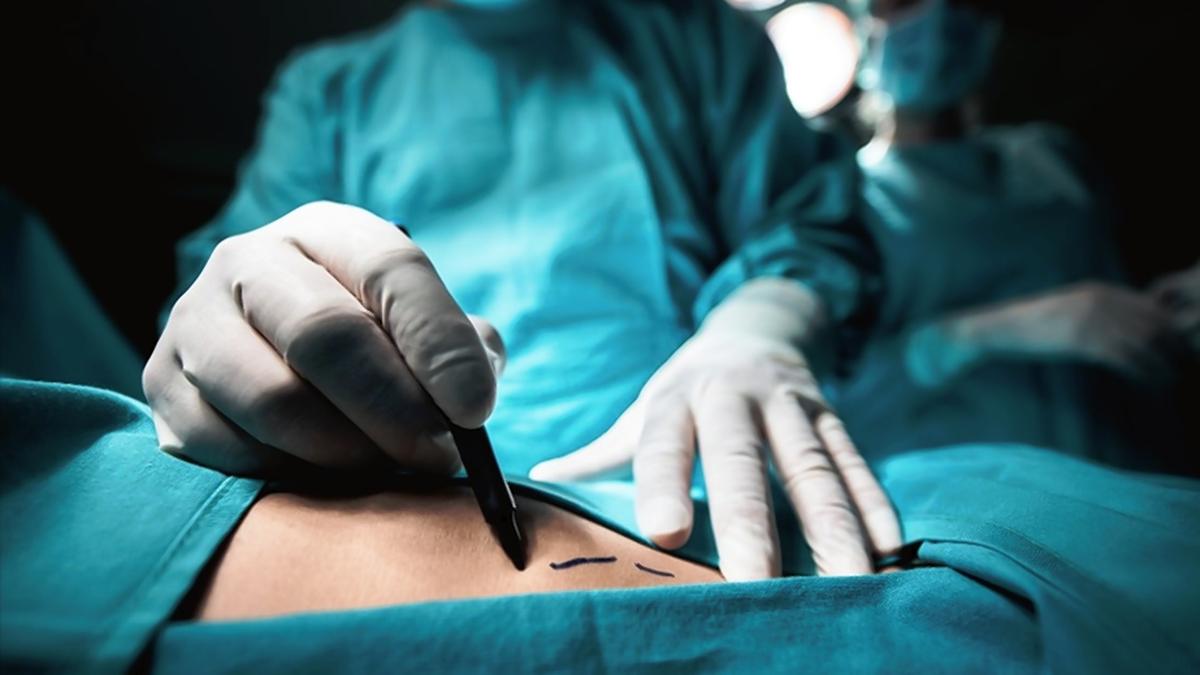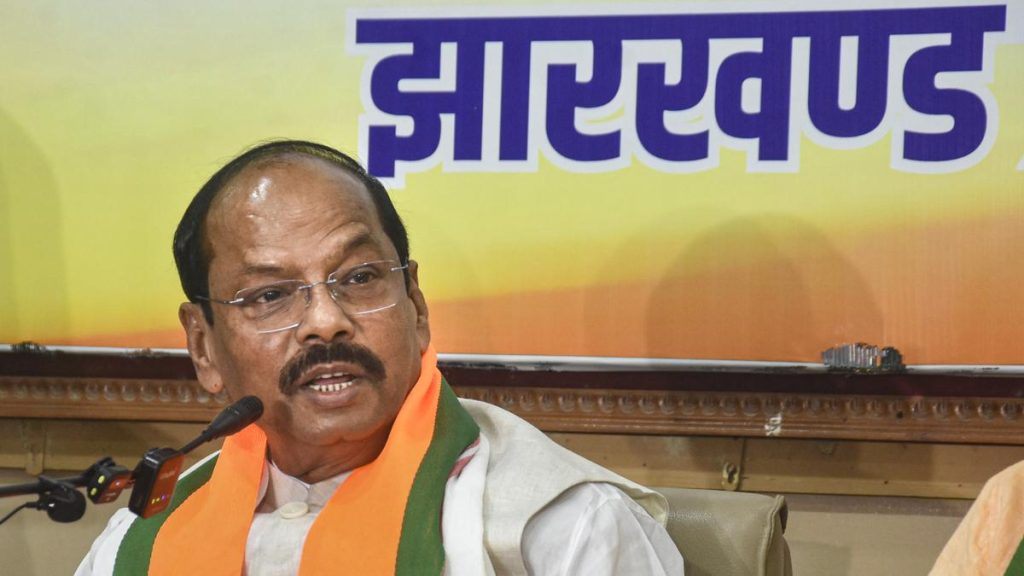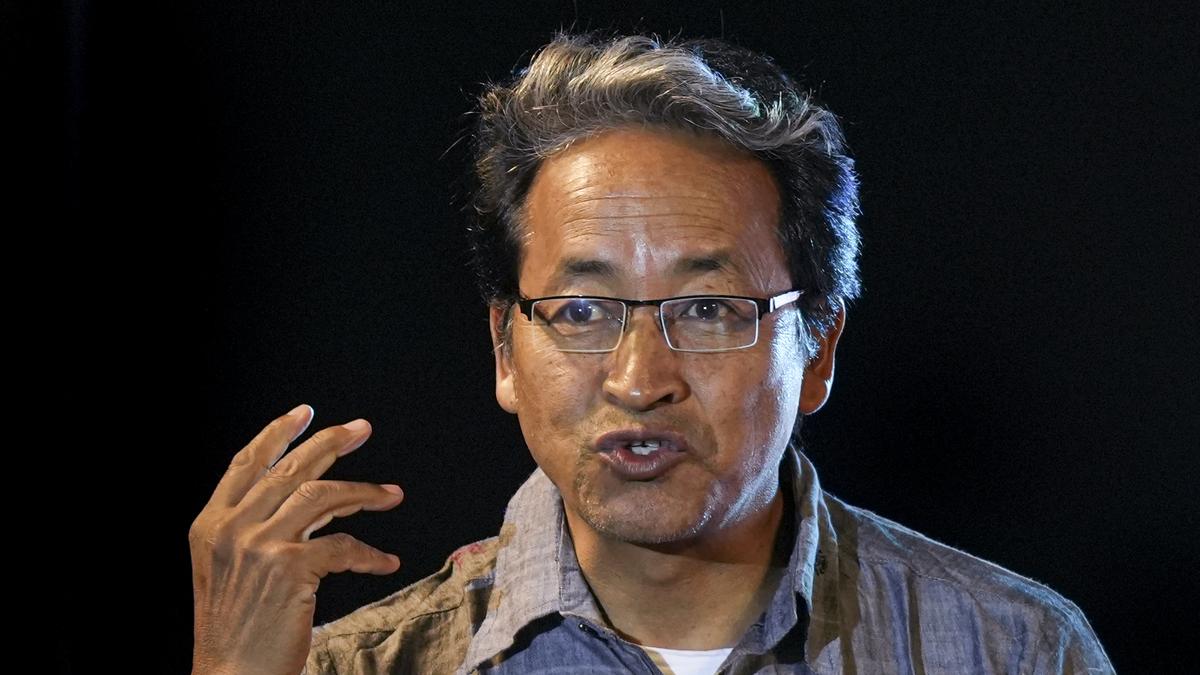Now Reading: Tamil Nadu Reports Steady Increase in Skin and Bone Donations
-
01
Tamil Nadu Reports Steady Increase in Skin and Bone Donations
Tamil Nadu Reports Steady Increase in Skin and Bone Donations

Speedy Summary
- Increase in Donations: Tamil Nadu has seen a gradual increase in skin and bone donations over recent years,with data from the Transplant Authority of Tamil Nadu (Transtan) showing:
– Skin donations: 16 (2022),23 (2023),77 (2024),and 36 so far in 2025.
– Bone donations: 50 (2022), 57 (2023), 111 (2024), and 80 so far this year.
- Skin Donation Details:
– Donated skin harvested from chest/thighs is preserved for up to five years at dedicated skin banks like the one at Kilpauk Medical College Hospital.- Used primarily for burn patients during critical recovery periods as temporary dressing material,more effective than artificial alternatives.
- Bone Donation Details:
– Retrieved small bones and sometimes major bones are preserved in bone banks to aid patients suffering trauma-related loss, malignancies requiring resection, or congenital defects.
– Fear of disfigurement among families remains a barrier but retrieved segments are replaced to restore shape using local material.
- Awareness Issues: Experts emphasize better sensitization among families and the medical fraternity to debunk myths such as disfigurement while highlighting donation benefits.
Indian Opinion Analysis
The rise in skin and bone donations marks notable progress for Tamil Nadu’s healthcare infrastructure,possibly improving outcomes for burn victims and patients undergoing complex orthopedic procedures.However, persistent concerns about disfigurement signal an area where education efforts can play a pivotal role. Structured sensitization campaigns targeting families of brain-dead donors could encourage acceptance rates further.
By building upon successes like functioning preservation banks at institutions such as Kilpauk Medical College Hospital, other states might take cues from Transtan’s strategies to address their own transplantation challenges. Overcoming societal myths will require collaborative efforts between medical professionals, government authorities, and social campaigns aimed at easing cultural apprehensions linked to posthumous donation processes.
For more information: Read More
























